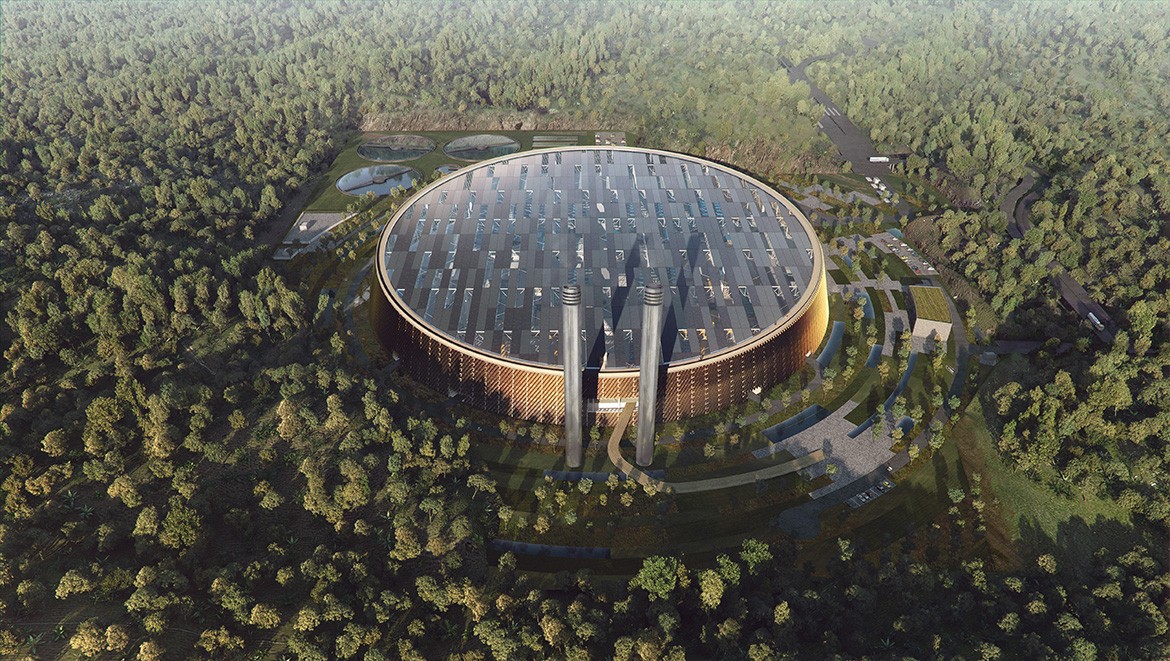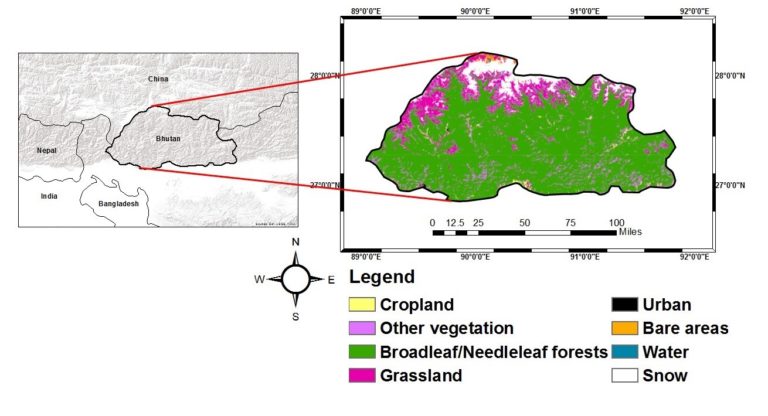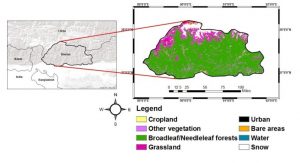Largest Waste-To-Energy Plant in the world.
Waste to Energy Plant
The waste-to-energy plant is a waste management facility that combusts waste to produce electricity. They form an essential part of a sustainable waste management chain. Generates valuable and sustainable electricity and heat, of which 50% is recognized as renewable, and the other 50% is derived from recovered energy sources that would be lost otherwise. It also helps in reducing the carbon footprint of human activities through reduced methane emissions from landfill, it offsets the use of fossil fuels for energy production and the recovery of materials.
hence it provides a meaningful outcome for wastes. Some of the benefits of this plant are:
- Fully complementary to recycling by recovering energy from unrecyclable waste.
- Recovers significant amounts of ferrous and non-ferrous metals.
- Removes toxic substances from the eco-cycle.
- Allows up to 95% landfill diversion rate.
Waste Management in China
China is the world’s largest Solid waste generator, producing as much as 175 million tons of waste every year. For a developing country like china it is not easy to manage its entire waste and convert it into energy. There exist many challenges such as insufficient or elusive data, poor infrastructure, informal waste collection systems, the lack of laws and regulations, lack of economic incentives and the high costs associated with biomass technologies. Hence china should focus on its policy reformation to eliminate the unsustainable management of waste and underutilization of its potential energy which can only be possible by adopting integrated solid waste management strategies. Nevertheless, China has started to realize the importance of IWMS and with help of the government they have been working towards building the world’s largest waste to energy plant in the country.
Sustainable energy
With continuous economic growth in China and throughout Asia, there is a growing demand for reliable, sustainable and clean renewable energy. To help meet this demand, China has planned to build the largest Waste to the Energy treatment plant in the world in Shenzhen East. For this plant, B&W Vølund will supply equipment that includes a DynaGrate combustion grate system, hydraulics, burners, and other boiler components. The plant is expected to be an important showcase of the most advanced technology for environmentally friendly energy production in China. The plant is designed by Schmidt Hammer Lassen Architects and Gottlieb Paludan Architects will take a distinctive circular form, so as to minimize the plant’s footprint and reduce the amount of excavation required during construction. Built with sustainability in mind, it will incorporate rooftop solar panels, a visitor education center and an observation platform into its architectural design. When operational, it will incinerate about 5600 tons of trash per day out of 15,000 tons to generate 550 million kWh of electricity every year. It will also generate renewable energy using 44,000 m2 of solar panels incorporated on the rooftop and It will be the first plant in China to use B&W Vølund’s DynaGrate technology.
DynaGrate technology
Unlike other types of grates, there is no physical contact between moving grate components. This unique design limits wear and minimize the mechanical forces internally in the grate. The mechanical design of the DynaGrate system is developed to increase plant availability and lower operation and maintenance costs. With this grate, plant operation is not interrupted by melting metals. The mechanical break-up of the waste layer on the grate results in thorough agitation and thereby superior combustion conditions resulting in very low total organic carbon (TOC) values in the bottom ash. Also, it is designed to minimize the maintenance cost.
References
Fernandez, M. (2018, August 3). Retrieved from BioEnergy Consult: https://www.bioenergyconsult.com/waste-to-energy-china/
Schmidt Hammer Lassen. (2016). Retrieved from SHL website: http://www.shl.dk/shenzhen-east-waste-to-energy-plant/
Zhang, D. l. (2015). Waste-to-Energy in China: Key Challenges and Opportunities. Energies, 14182-14196.



